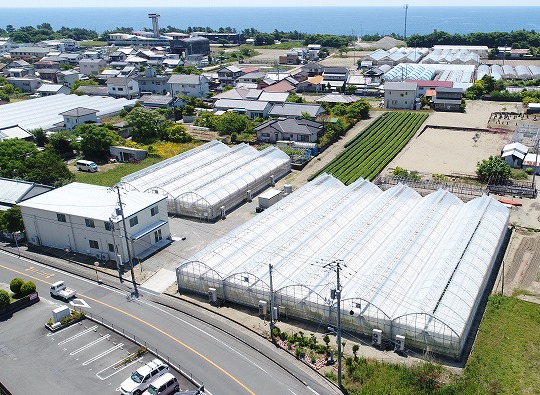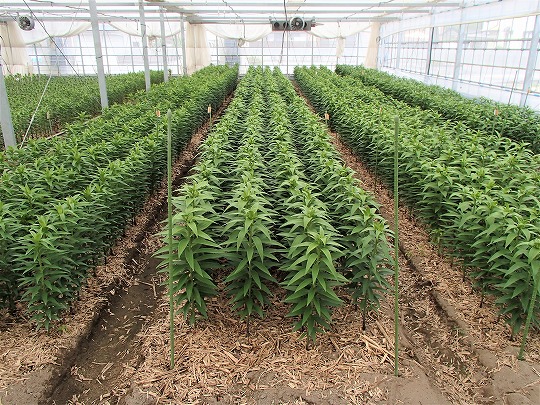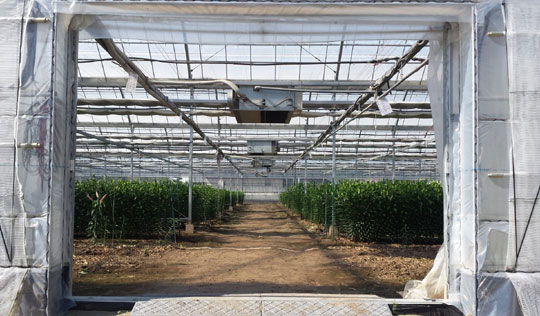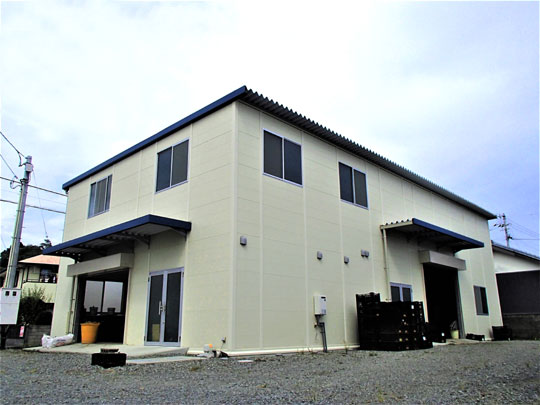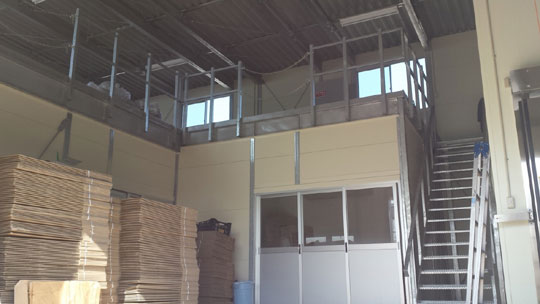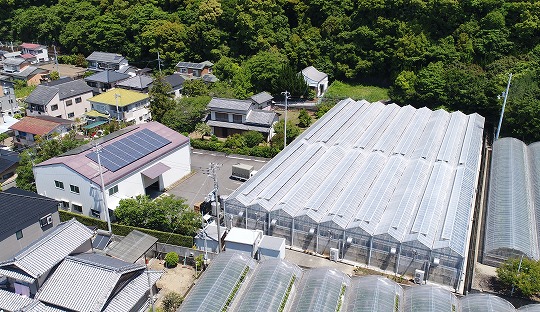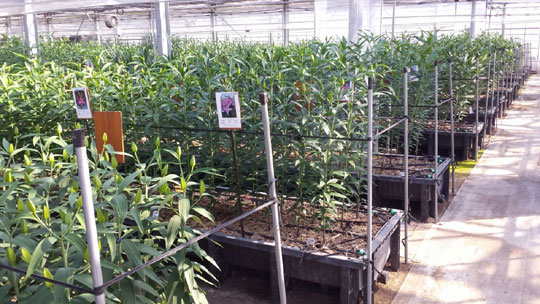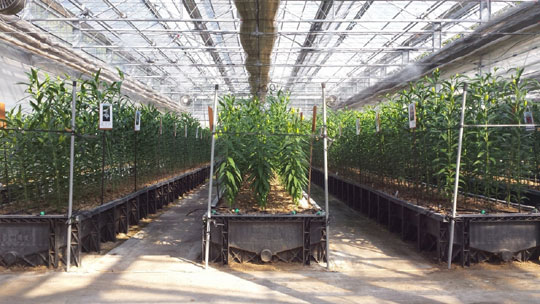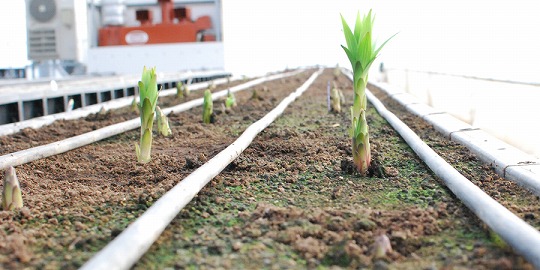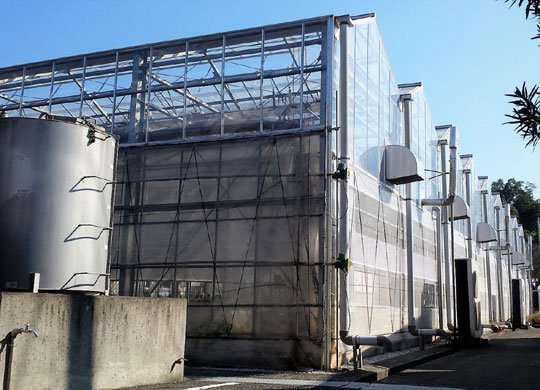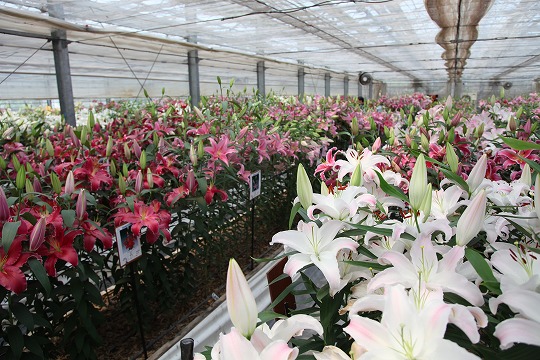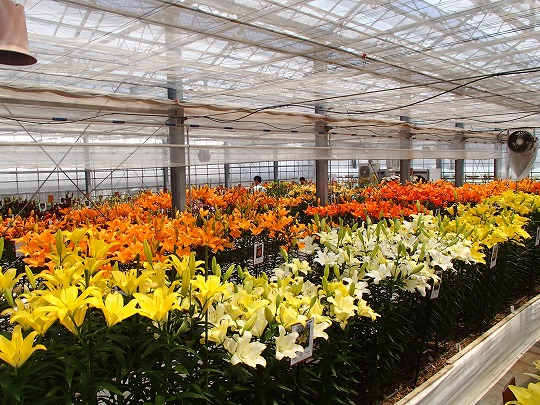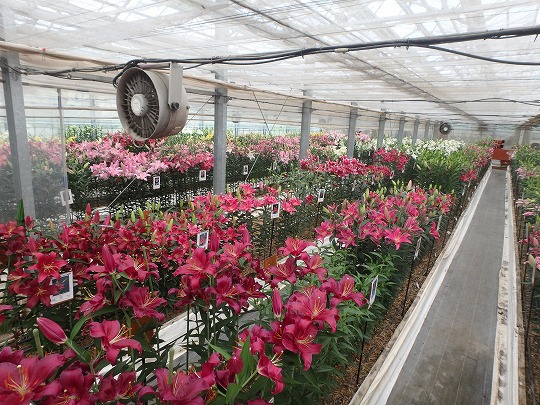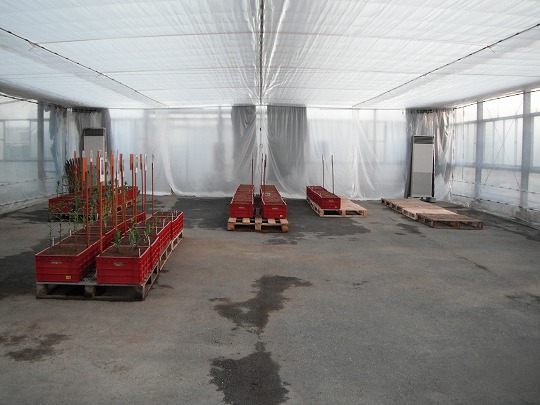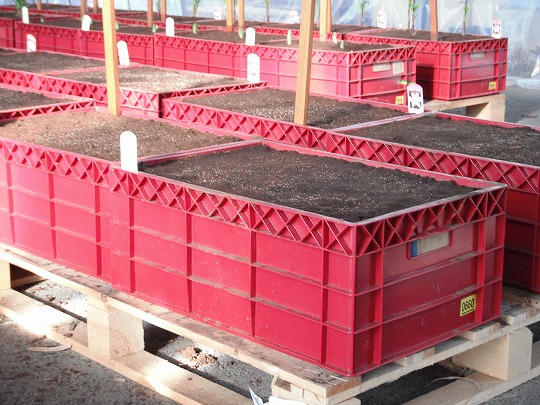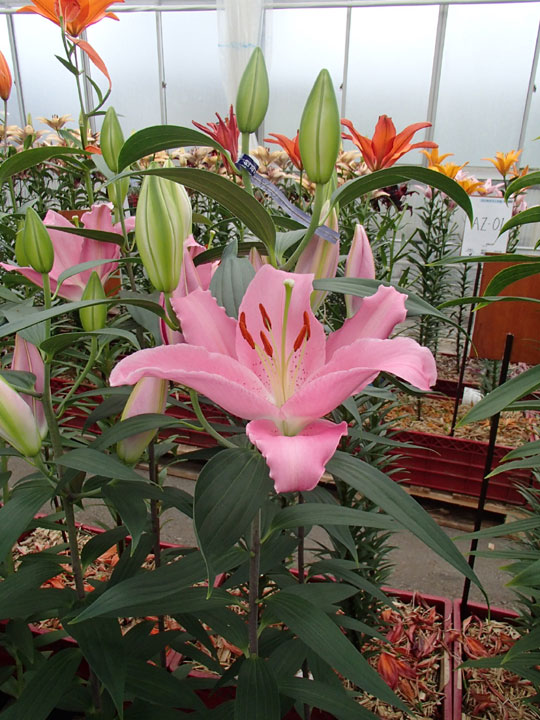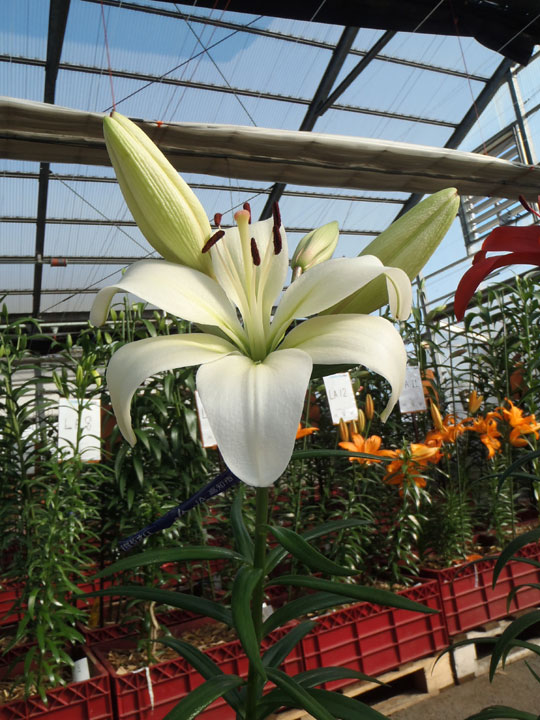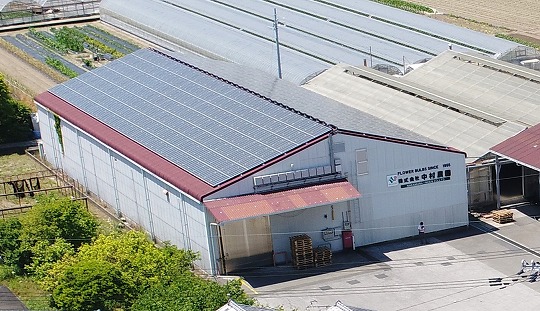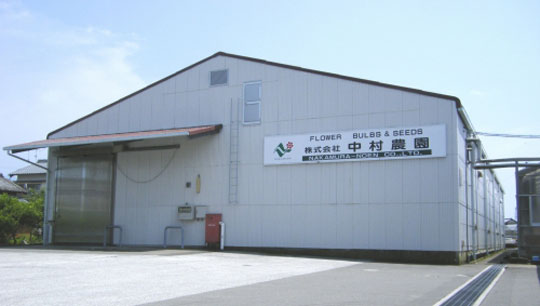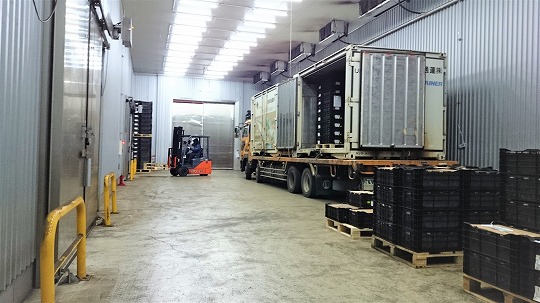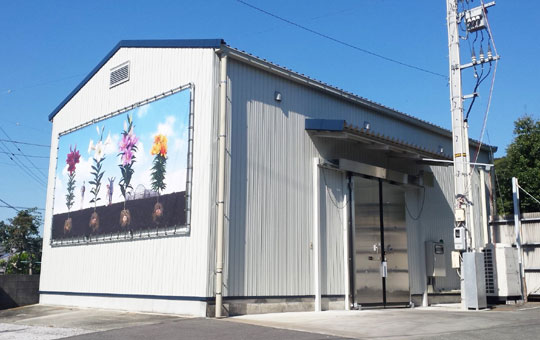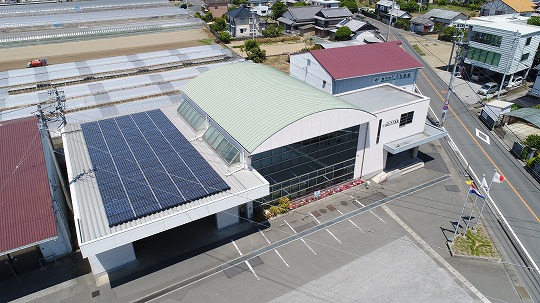General Report
October 5th, 2017
Nakamura-Noen Co., Ltd.
Keigo Nakamura
Thank you for your usual cooperation.
Time flies, and only 3 months left until the end of this year. The daytime is getting shorter day by day, and the temperature is getting lower and lower after rain.
We had a hard summer of severe heat of over 35 degrees C, and typhoons’ wind and rain disasters which all come from the global warming this year. The flower price of the autumn Higan was not so bad as far as we saw even though the condition was the worst because of typhoon attack in the very weekend of Higan.
Now I report here mainly the foreign situations.
- The recent situation of cut flower market in Holland
In Holland, the temperature got up to more than 30 degrees C in the end of May, so the cut flowers concentrated in the market. Therefore, one third of the total quantity was below the stop-out price and had to be disposed.
Holland exports much quantity to Britain (the 2nd biggest after Germany). The demand was stable before, but after Britain decided to break away from EU, pound became weaker by 15% and the British market (especially supermarkets) cut down 20% of their importing cut flowers because of increase of cost. As a result, the price of Dutch cut flowers has been slightly getting lower with constant up and down.
Holland’s cut flower production has been optimized and increased its scale in last 20 years, and now there are many companies whose production acreage is nearly 10 hectares. Some of such big flower forcers started business with wholesalers directly. This change and the spread of on-line auction had scraped off the energy from the auction scenes.
Wholesalers had required efficiency and low cost to production side. However, once the cost price came to the minimum line, such buyers started to avoid inventory risk and changed their style to buying many items of small lots according to consumers’ orders (including the increasing on-line shopping) through the market. I think that this is similar to Japan’s case “‘material demand’ changes to ‘experience / quality demand'”. Such Holland’s change of demands shows the diversification of values or social media’s effect such as Instagram. I believe that sense of connoisseur and presentation will be necessary for flower sellers from now.
After all, the number of auction at Flora Holland is increasing because each lot became smaller. On the other hand, the huge land next to Westland’s flower market in which flower wholesaler’s facilities were to be built is still empty.
By the way, concentration of flowers in the markets because of natural factors particularly happened in outdoor cultivation until the first few years of the 2000s. I remember that I cut Casa Blanca from the edge of 3 Ha outdoor field when I was studying in Holland in 2001.
These days, however, it applies to greenhouses as well because of enlargement of greenhouses and the global warming. Big greenhouses which are over 1 Ha per a roof could be managed in cool climate of old Holland, but it’s difficult now because the temperature raised up. If the greenhouse doesn’t have a good ventilation,the harvesting schedule become disordered and the quality also can be bad.
Japan’s climates of each 4 season differ a lot, and the temperature largely changes. Therefore, in Japan’s case, the production scale has been developed with a unit of a few thousands m2 of well-ventilated greenhouses. Now we can say that it’s suitable to keep a good balance of production quantity, quality, efficiency, and schedule management comparing to Holland’s case.
2. Conca D’or Bubble is coming to the end
In lily bulb business, America, Italy, and Japan expanded their demands dramatically as the generation changes. After Japan went through its peak, China came to the fore, and Vietnam joined as well, making the main stream of world demand of the last decade.
In the last few years, the both 2 countries failed to meet the biggest demand of the luner New Year because they couldn’t adapt to changing temperature. Too many flowers were shipped before and after the right timing, and the price dropped down. This gave a bad influence to China and Vietnam’s market.
3. Europe’s prosperity and strong euro (weak yen)
Euro became 122 Japanese yen from 115 yen in April, and it raised to 125 yen in May, and finally to over 130 yen in August. Now it is moving to 135 yen, and this means that yen decreased its value by 15% in 6 months. For EU’s prosperity and high stock price which are led by Germany, ECB (European Central Bank) is planning the monetary tightening, and there is a possibility of yen’s becoming even weaker to the next spring.
This is a hard time for bulb importers, but we don’t stop to try our best to be useful for our customers’ stable management. We hope that we can have your continuous support.
4. Study tour to New Zealand
As the separated sheet, we are planning a 7 day – study tour to New Zealand. We hope that we can make the cost lower than usual even though traveling Oceania is said to be more expensive than Europe. The details are to follow. We’d like to fix the contents considering the participants’ requests.



